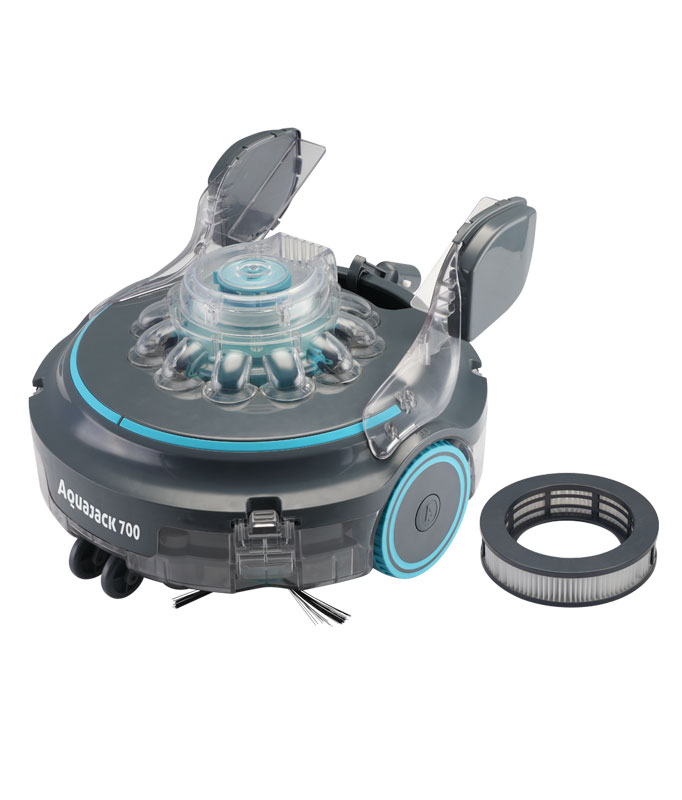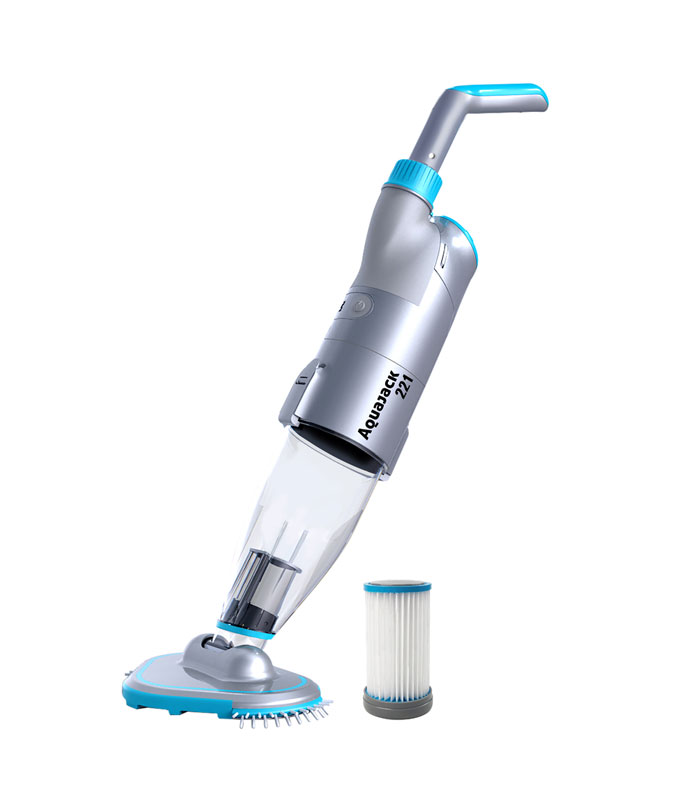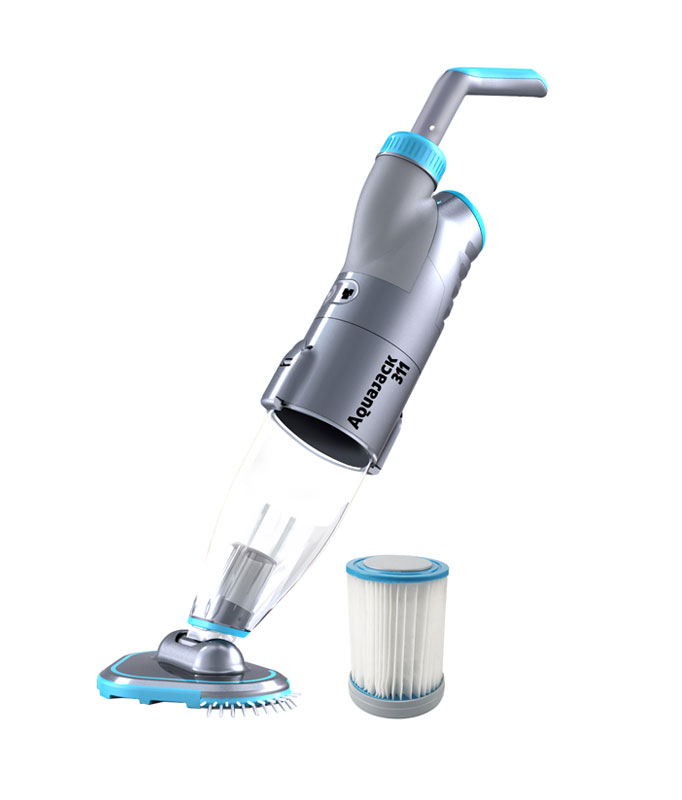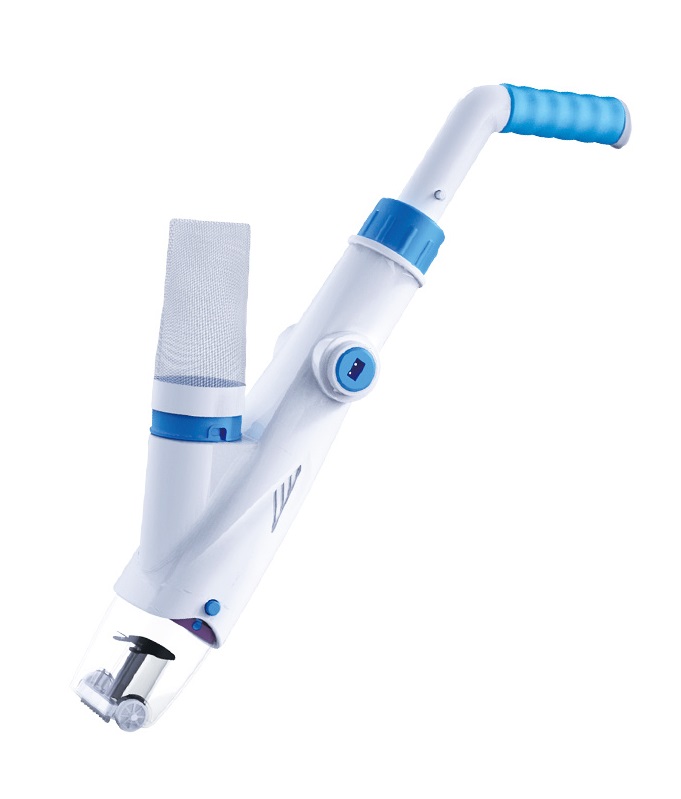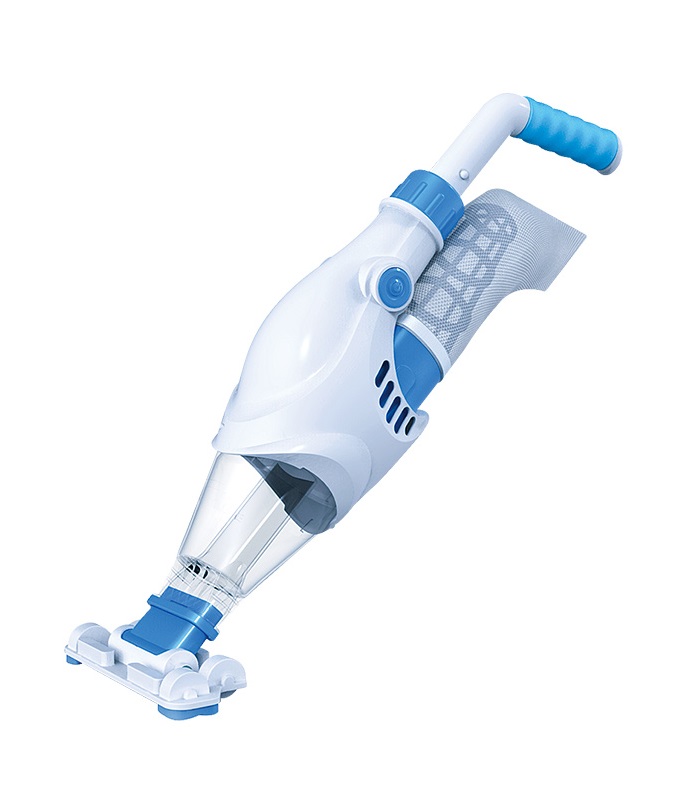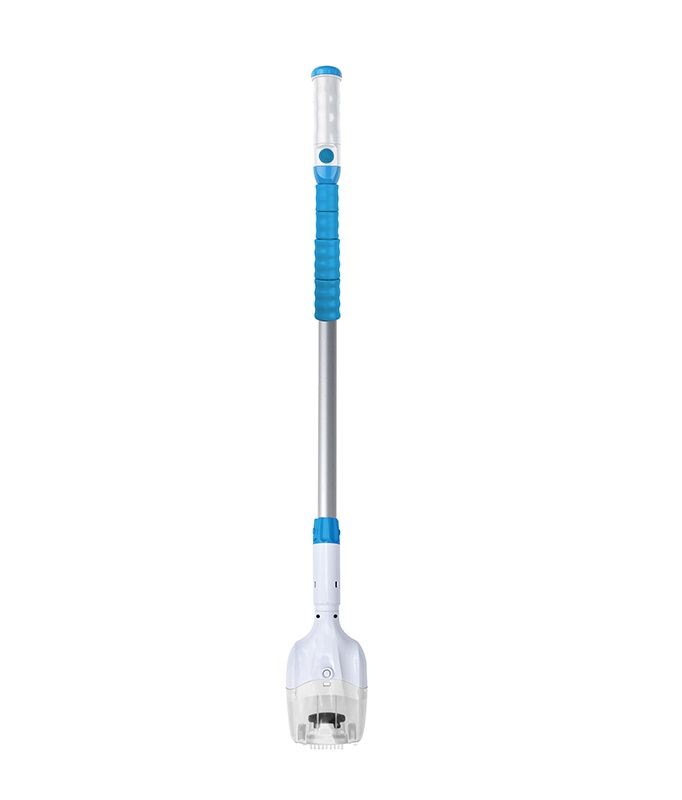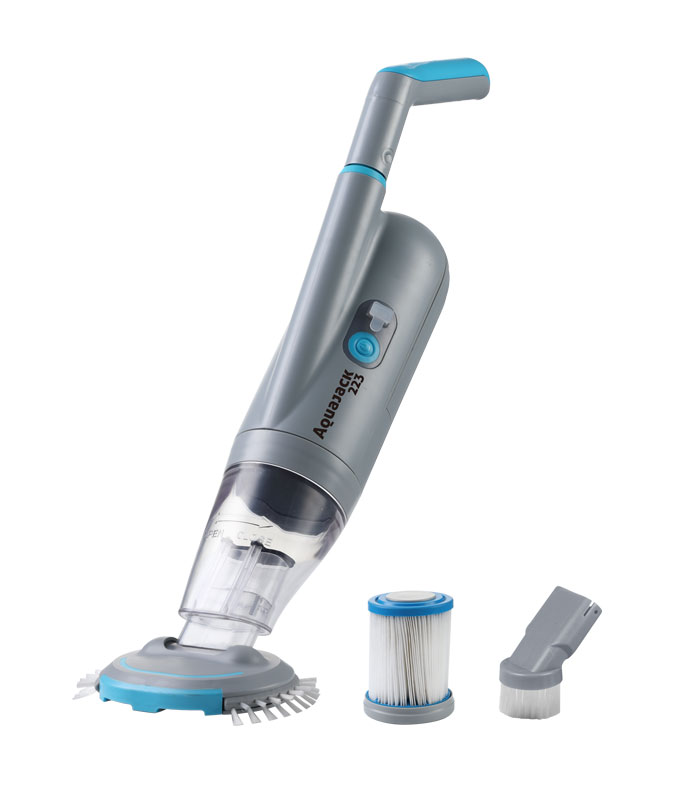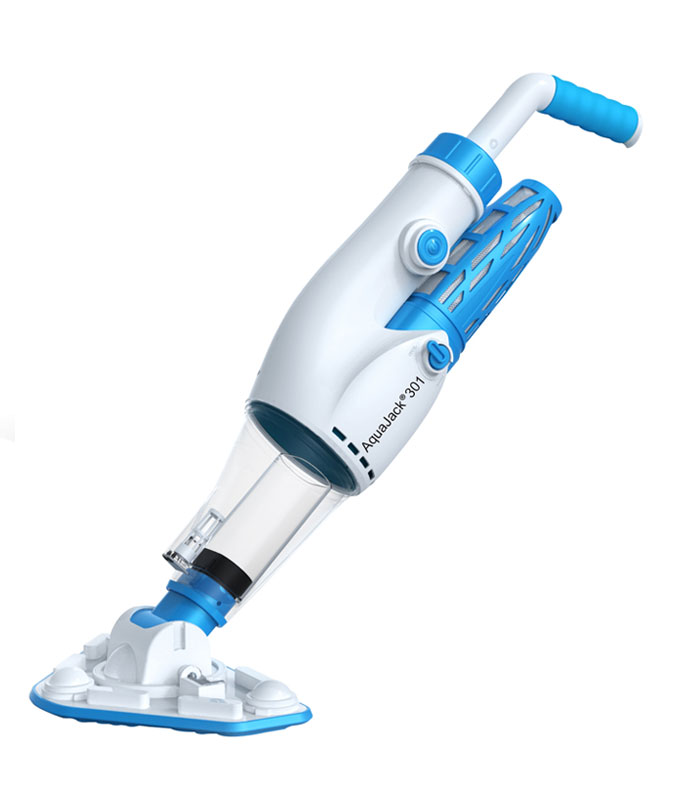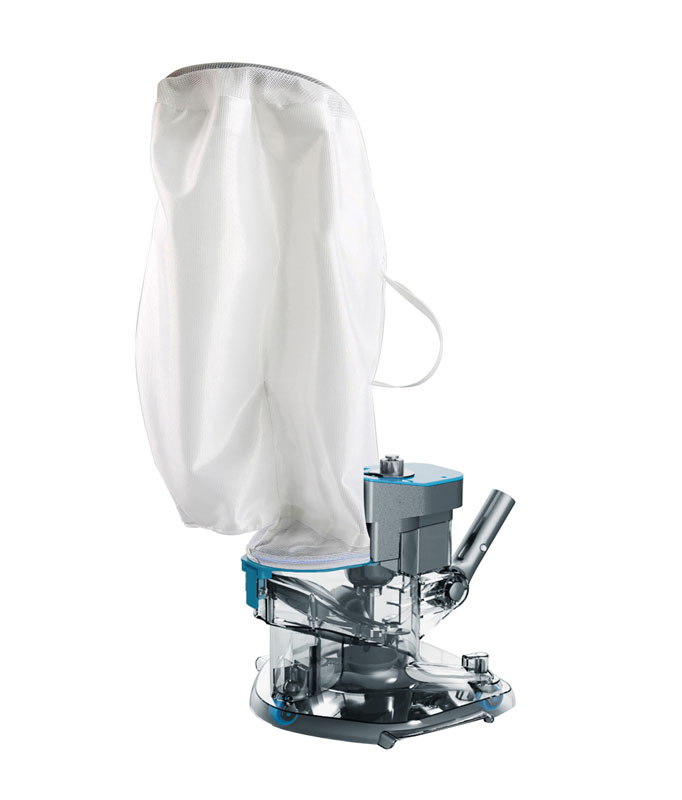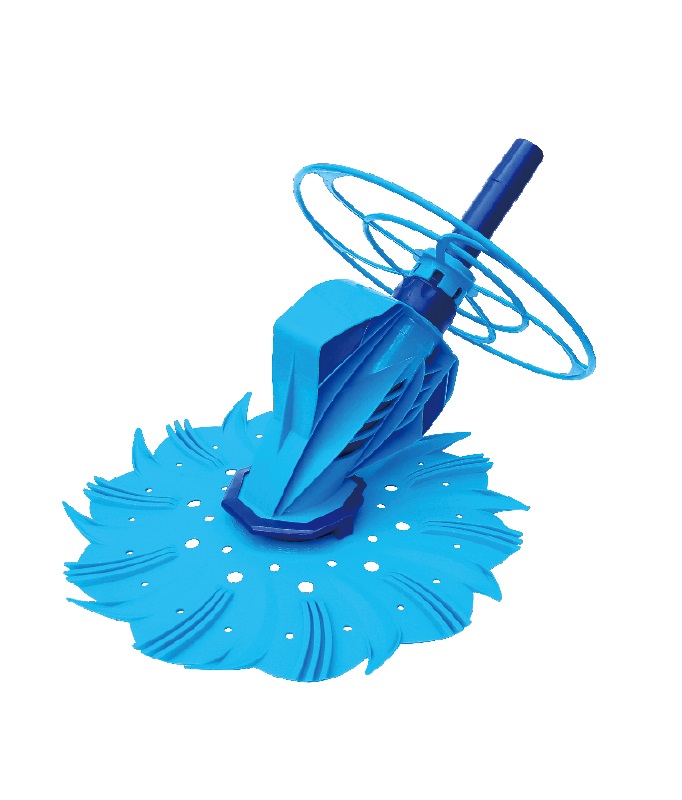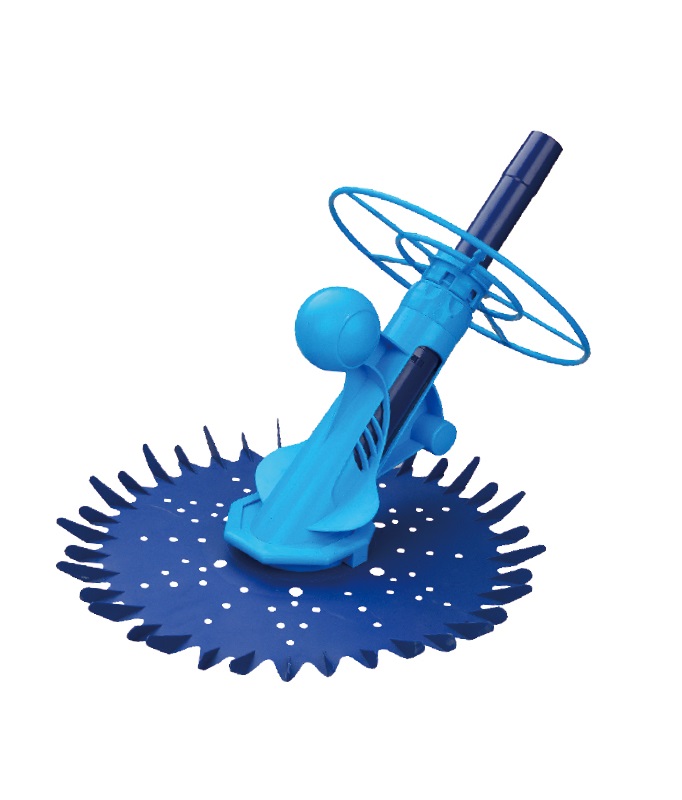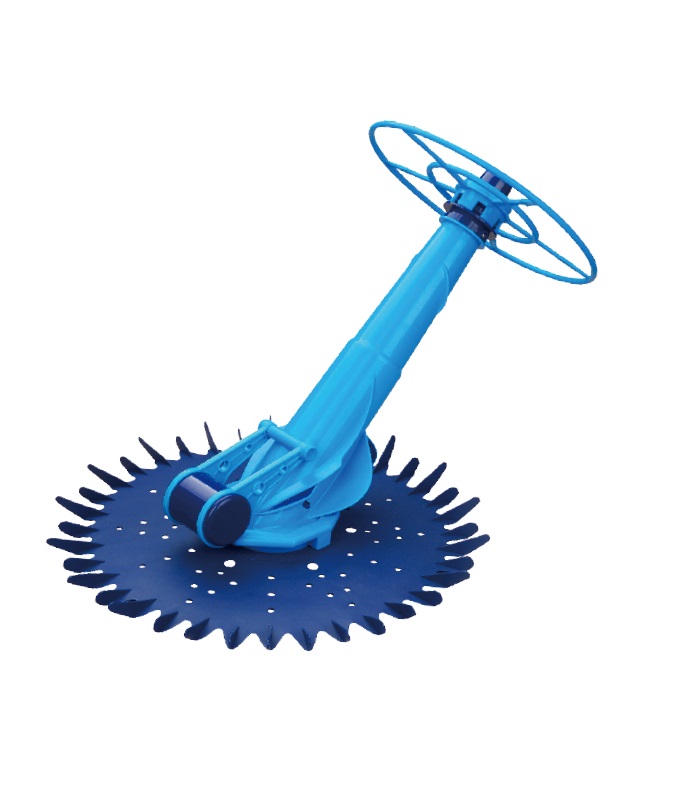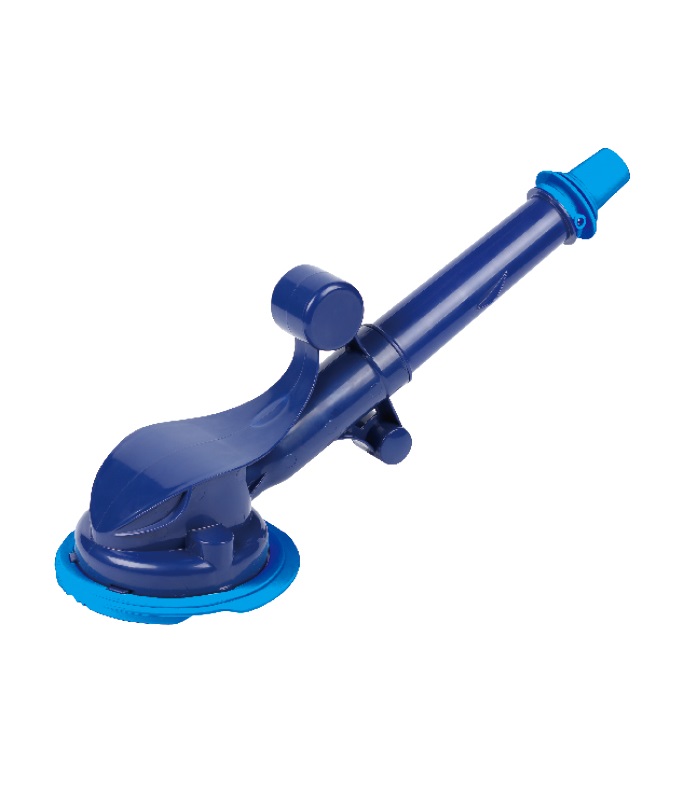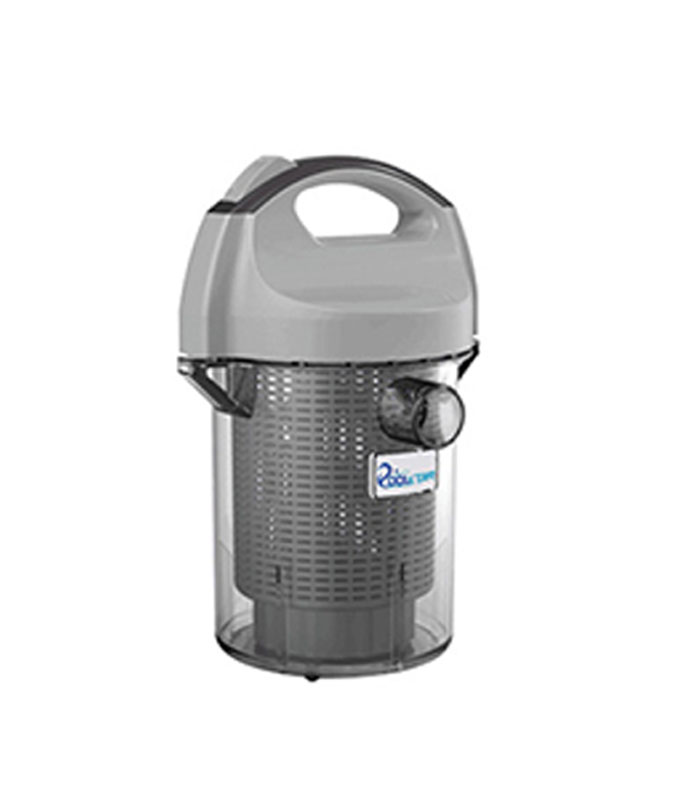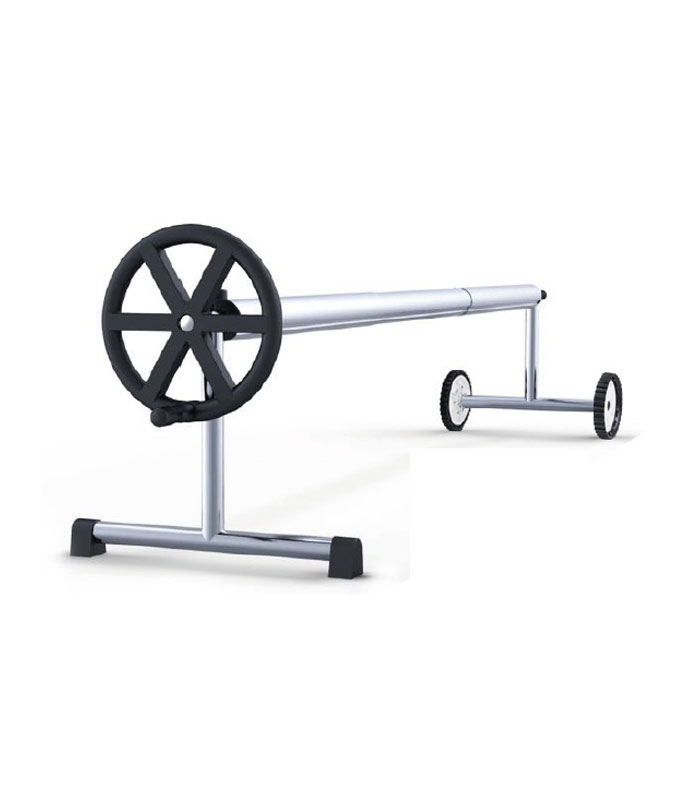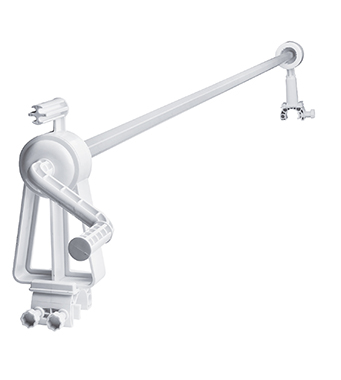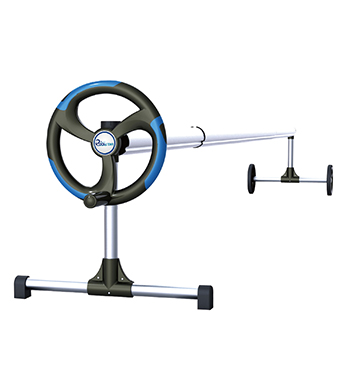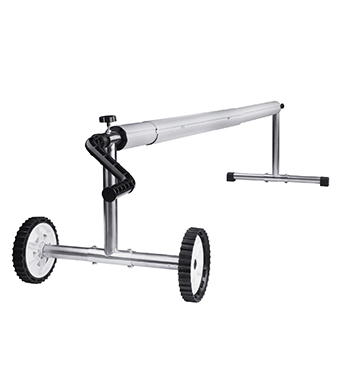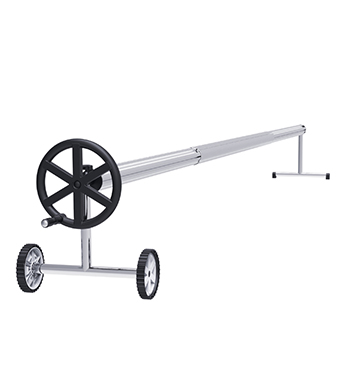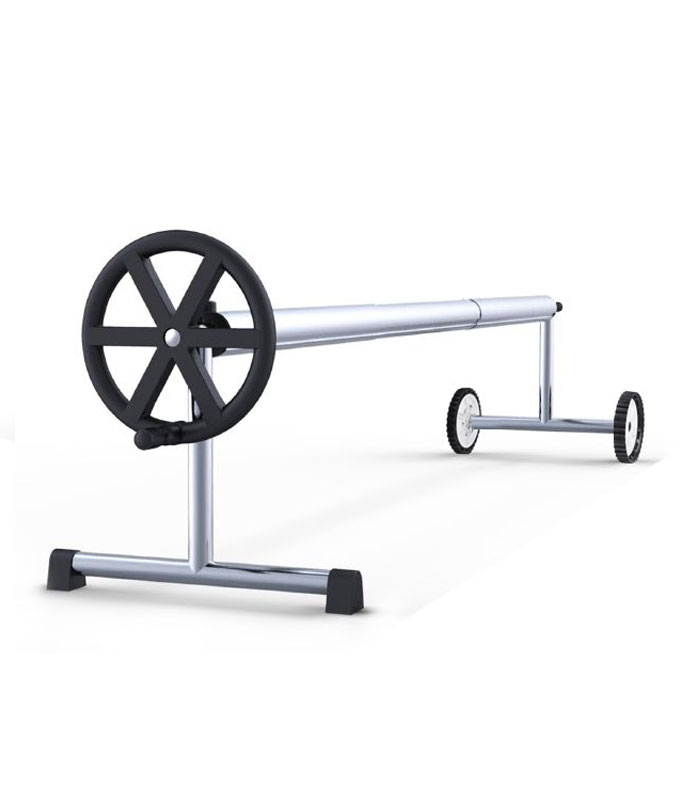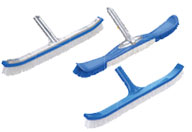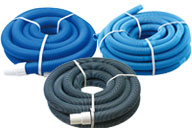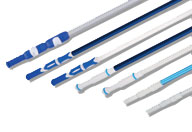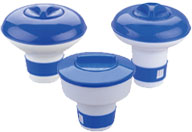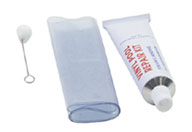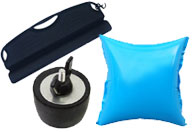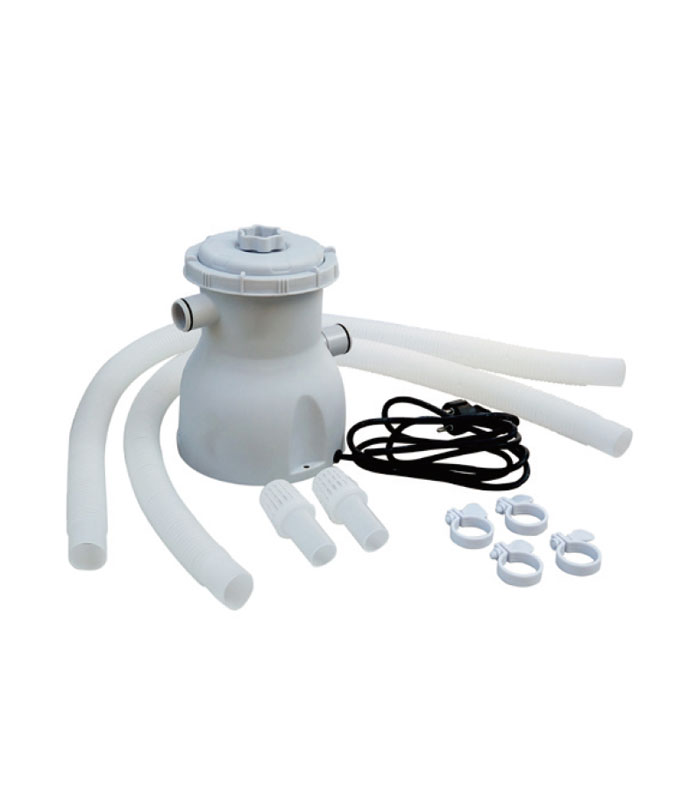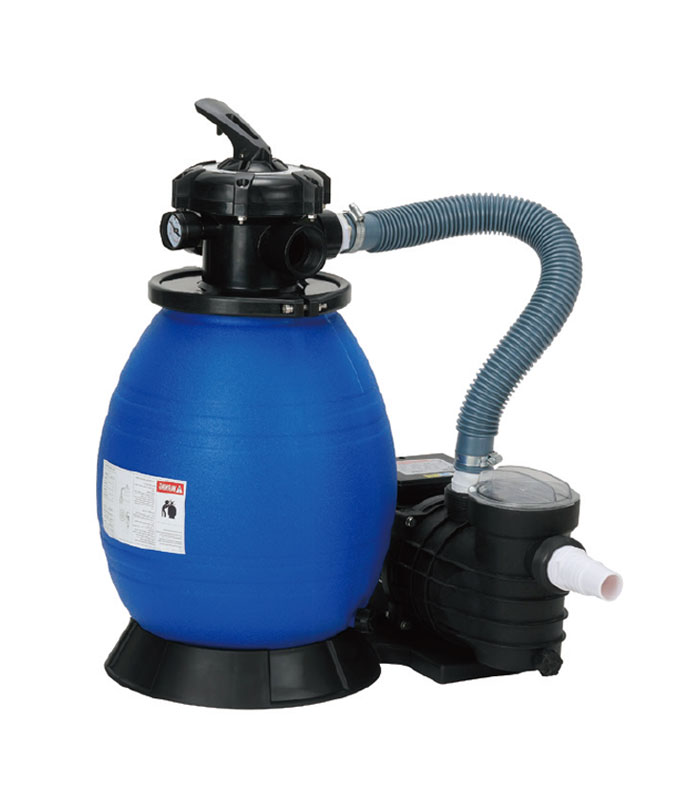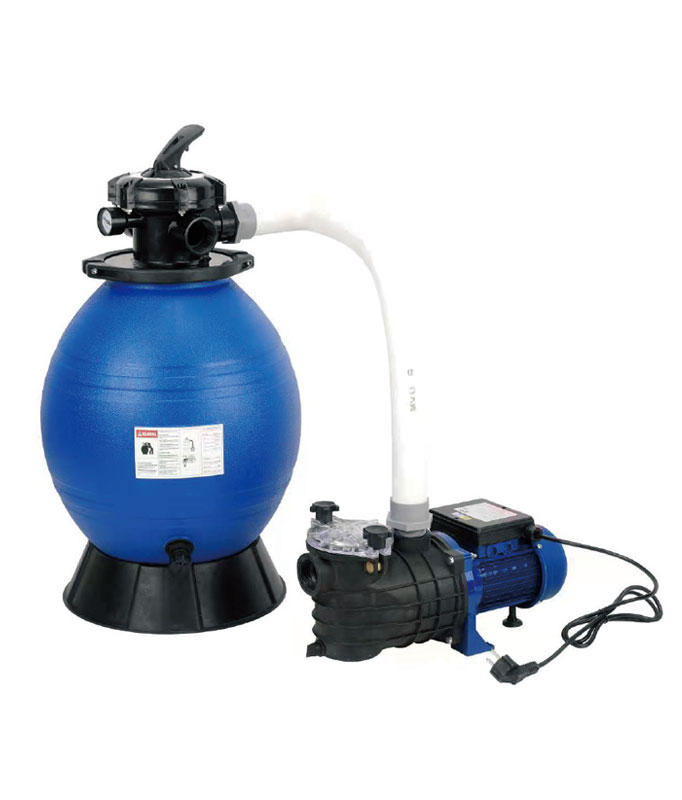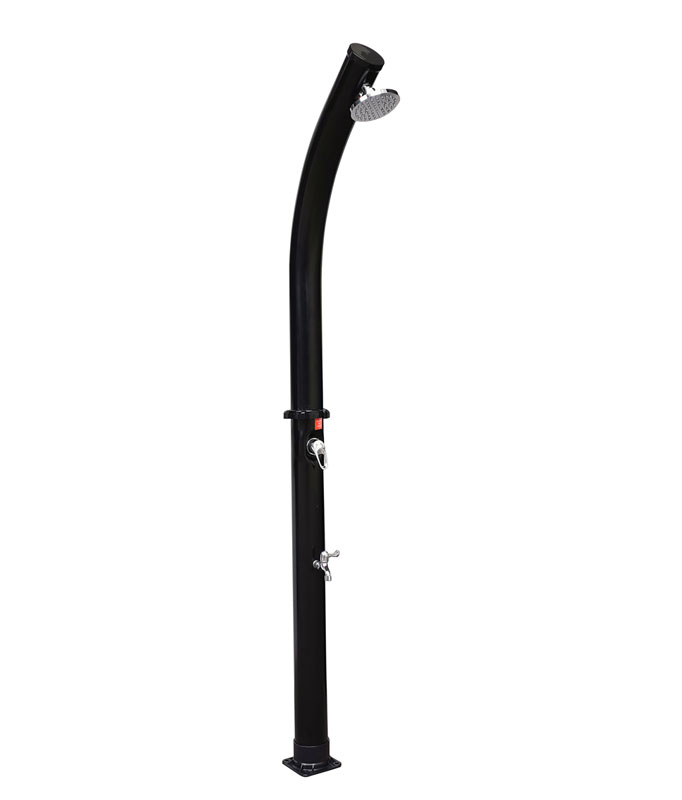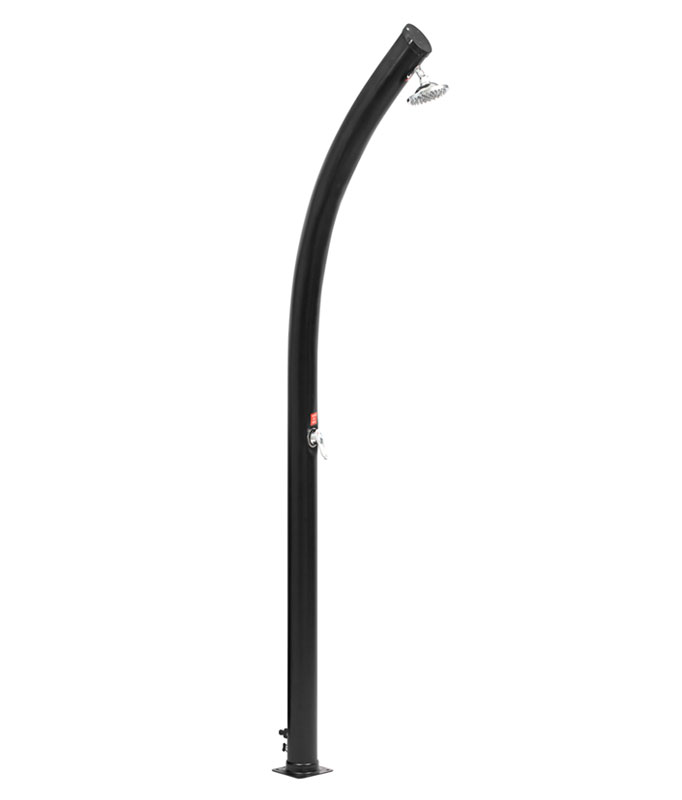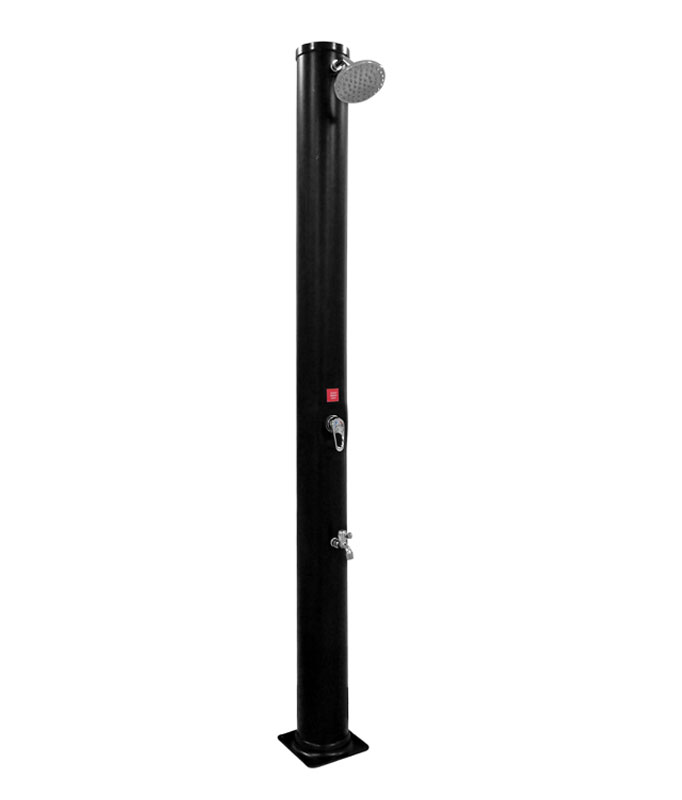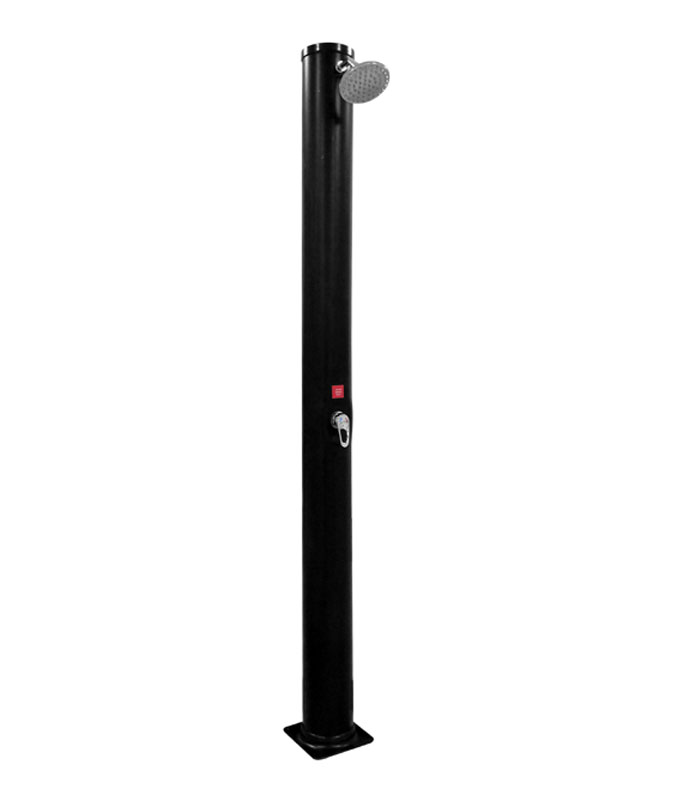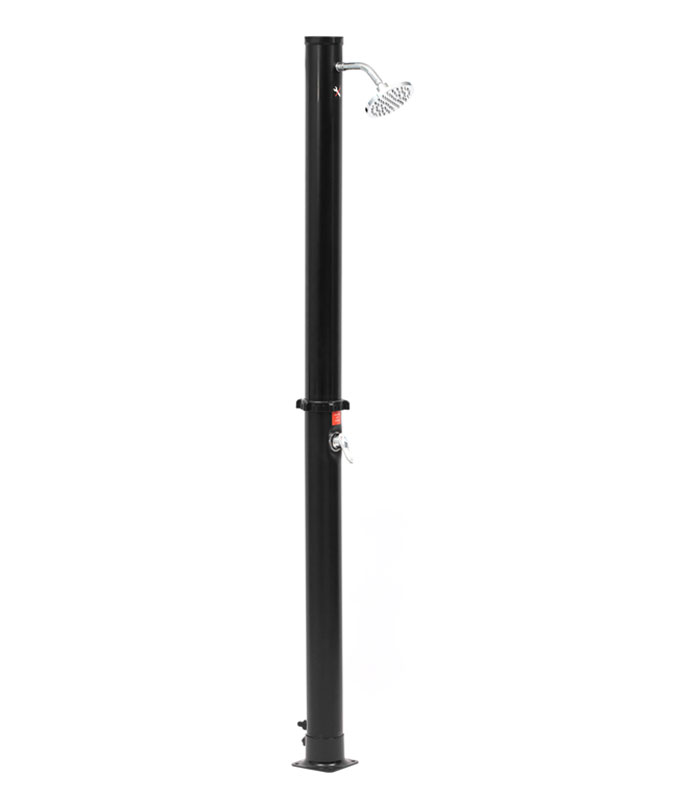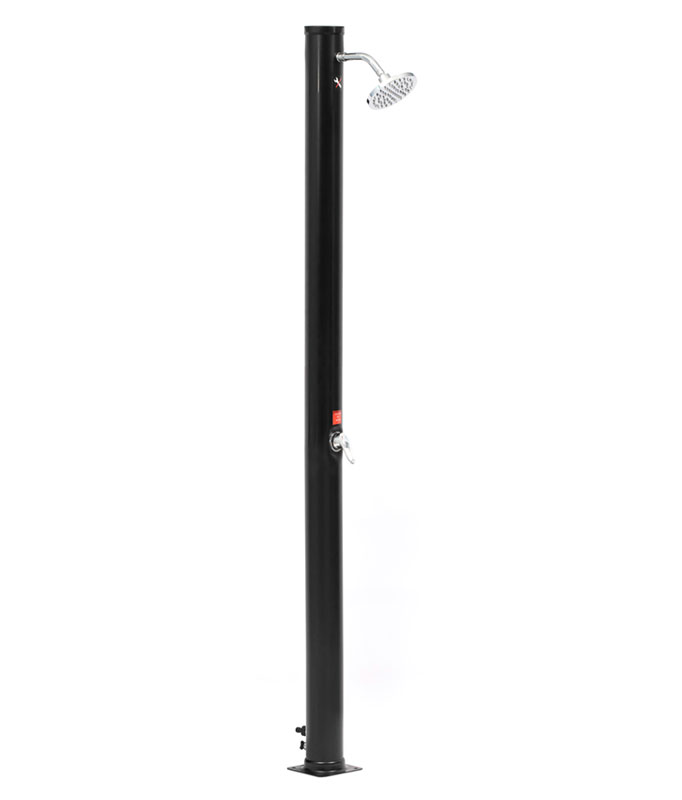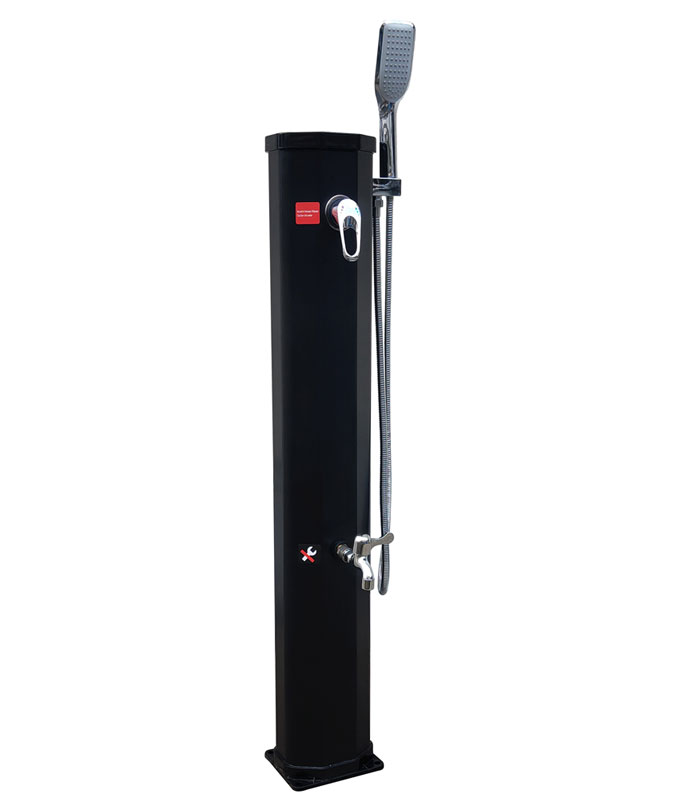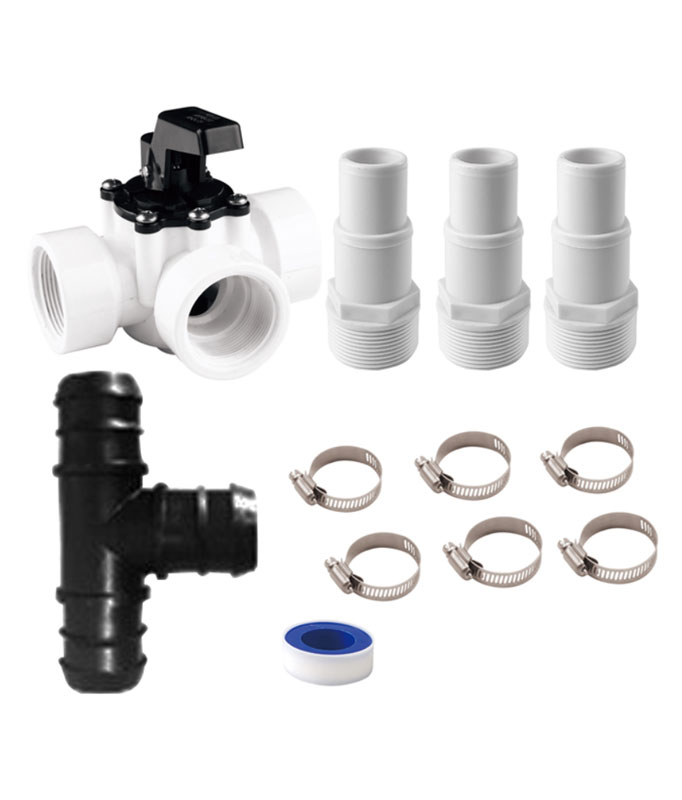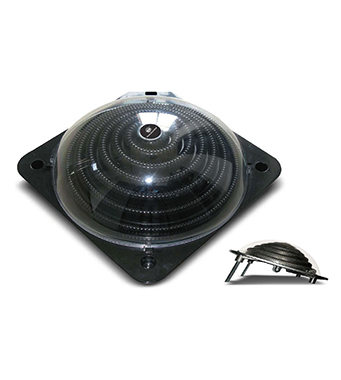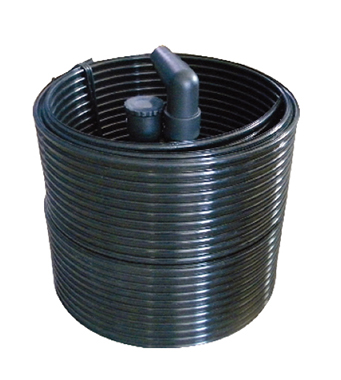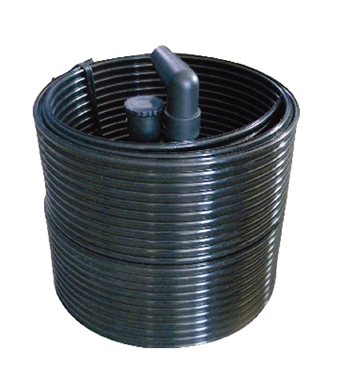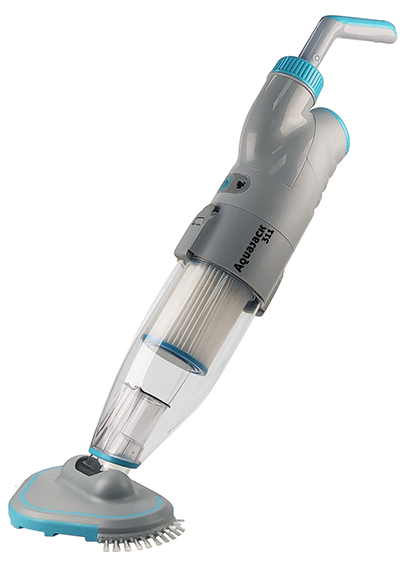
Ever wonder how that compact robot keeps your pool pristine without human intervention? Discover the engineering marvels inside portable pool vacuums—from micro-turbines to AI navigation—that deliver professional cleaning results while fitting in your storage closet. Learn why modern systems outperform traditional cleaning 6:1 while using less energy than a light bulb.
Key Takeaways
Triple-Action Cleaning – Brushes, vacuums, and filters simultaneously
Smart Navigation – Laser mapping covers 100% of pool surfaces
Energy Efficient – Uses only 30-150W per hour (vs. 1500W for pressure systems)
Self-Sufficient – Automatic docking, charging, and emptying
Modular Design – Easy repairs without technical expertise
The Core System: Three-Stage Cleaning Process
1. Mechanical Agitation
- Rotating Brushes: Loosen embedded debris from surfaces
- Water Jets: Blast dirt from corners and crevices
- Track Drive: Provides constant surface contact
Proven Performance: Removes 98% of attached algae with specialized brush patterns.
2. Precision Suction
- Micro-Turbine Pump: Creates powerful vacuum with minimal energy
- Adjustable Flow: Automatically increases power for dense debris
- Obstacle Detection: Reduces suction near hazards to prevent clogs
3. Advanced Filtration
| Filter Type |
Particle Size Captured |
Best For |
|
Pleated Cartridge |
10+ microns |
Sand and leaf debris |
|
Fine Mesh |
5-10 microns |
Pollen and silt |
|
HEPA Media |
0.3-5 microns |
Algae spores and oils |
Navigation & Intelligence Systems
1. Mapping Technology
- Laser Scanning (LIDAR): Creates 3D pool model during first clean
- Gyroscopic Navigation: Maintains perfect course despite currents
- Algorithmic Pathing: Uses "spiral" and "grid" patterns for full coverage
Efficiency Boost: Covers 100% of surfaces with 0% overlap.
2. Sensor Suite
| Sensor |
Function |
Benefit |
|
Wall Detection |
Ultrasonic distance measuring |
Prevents collisions |
|
Water Clarity |
Optical turbidity measurement |
Adjusts cleaning intensity |
|
Battery Management |
Monitors charge cycles and health |
Extends lifespan 3x |
|
Obstacle Avoidance |
Infrared object recognition |
Prevents entanglements |
Power & Drive Systems
1. Energy-Efficient Motors
- Brushless DC Motors: 90% efficiency (vs. 60% in AC motors)
- Separate Drive System: Independent motors for brushes and movement
- Low-Voltage Operation: 24V or 36V systems for safety
Real-World Performance: Runs 3 hours on less energy than a 60W light bulb uses in 1 hour.
2. Mobility Engineering
| Drive Type |
Best For |
Climbing Ability |
|
Track Drive |
Concrete and tile |
90° walls |
|
Wheel Drive |
Vinyl and fiberglass |
45° slopes |
|
Hybrid System |
All surfaces |
90° walls + stairs |
Top 3 Technological Marvels
| Model |
Innovation |
Technical Achievement |
|
Aquajack301 |
Gyroscopic Navigation |
0.5° turning accuracy |
|
Polaris Alpha iQ |
AI Obstacle Learning |
100+ object recognition database |
|
Aquabot X4 |
Dual-Drive Tracks |
Climbs from depth to deck |
5 Engineering Breakthroughs
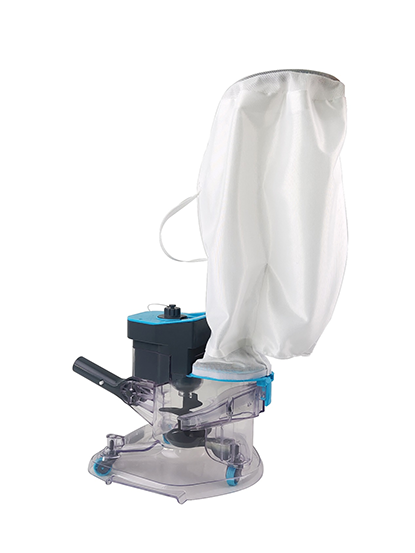
1. Self-Cleaning Filters
- Automatic Backflush: Reverses flow every 15 minutes
- Debris Ejection: Expels leaves through separate port
- Cleanliness Sensors: Measures flow to prevent clogs
2. Adaptive Cleaning Modes
- Eco Mode: Gentle cleaning for daily maintenance
- Turbo Mode: Maximum power for post-storm cleanup
- Floor-Only: Focuses on bottom debris when needed
3. Smart Home Integration
- Wi-Fi Connectivity: Remote control via smartphone
- Voice Control: Works with Alexa and Google Assistant
- Automated Scheduling: Learns optimal cleaning times
4. Water Chemistry Monitoring
- pH Sensors: Detects chemical imbalances
- Temperature Monitoring: Adjusts for cold water cleaning
- Algae Alert: Warns of spore concentrations
5. Maintenance Prediction
- Wear Sensors: Alerts when brushes need replacement
- Performance Tracking: Monists cleaning efficiency
- Failure Prevention: Detects problems before they occur
Technical Specifications Comparison
| Parameter |
Portable Vacuum |
Pressure-Side |
Suction-Side |
|
Power Consumption |
30-150W |
1500-2500W |
1200-1800W |
|
Cleaning Time |
2-3 hours |
4-6 hours |
6-8 hours |
|
Filtration Level |
2 microns |
30 microns |
50 microns |
|
Noise Level |
50-60 dB |
75-85 dB |
70-80 dB |
Maintenance & Troubleshooting
Weekly:
- Filter rinse and inspection
- Brush clearance check
- Track/wheel cleaning
Monthly:
| Task |
Procedure |
Technical Purpose |
|
Battery Calibration |
Full discharge/charge cycle |
Maintains capacity accuracy |
|
Sensor Cleaning |
Soft cloth with isopropyl |
Ensures accurate readings |
|
Software Update |
Wi-Fi connection to server |
Improves navigation algorithms |
Annual:
- Brush replacement
- Battery health check
- Seal inspection
Pro Tip: Use the performance analytics in your vacuum's app to predict maintenance needs.
The Physics Behind the Cleaning
1. Hydrodynamic Design
- Laminar Flow Intake: Maximizes suction efficiency
- Boundary Layer Manipulation: Prevents debris escape
- Vortex Creation: Captures fine particles effectively
2. Mechanical Advantage
- Gear Reduction Systems: Increases torque for climbing
- Magnetic Coupling: Eliminates shaft seals that leak
- Floating Design: Maintains optimal contact pressure
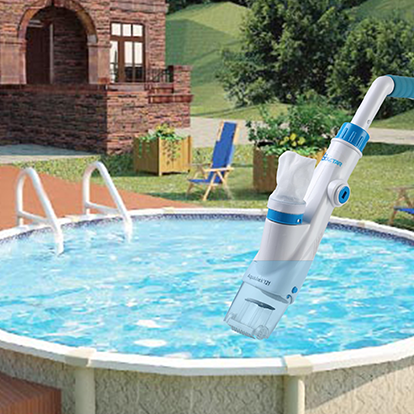
FAQ: Technical Questions Answered
Q: How does it climb vertical walls?
A: Negative pressure adhesion + high-torque drive creates perfect grip.
Q: What prevents cable tangling?
A: Swivel connectors rotate 360° + smart cable management algorithms.
Q: How fine can it really filter?
A: 2-micron absolute—finer than human hair (70 microns).
Q: Battery life expectancy?
A: 500-800 cycles (3-5 years) with proper maintenance.
Q: Waterproofing level?
A: IP68 rating—can operate at 10ft depth indefinitely.

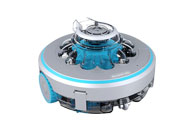 Robotic Pool Cleaner
Robotic Pool Cleaner  Portable Pool Vacuum Cleaner
Portable Pool Vacuum Cleaner 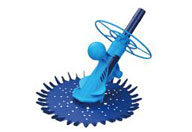 Automatic Pool Cleaner
Automatic Pool Cleaner  Pool Cover Reel
Pool Cover Reel  Pool Cleaning Accessories
Pool Cleaning Accessories 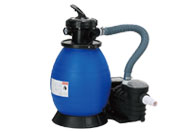 Pool Filter Pump
Pool Filter Pump 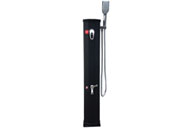 Pool Solar Shower
Pool Solar Shower  Pool Solar Collector
Pool Solar Collector 



